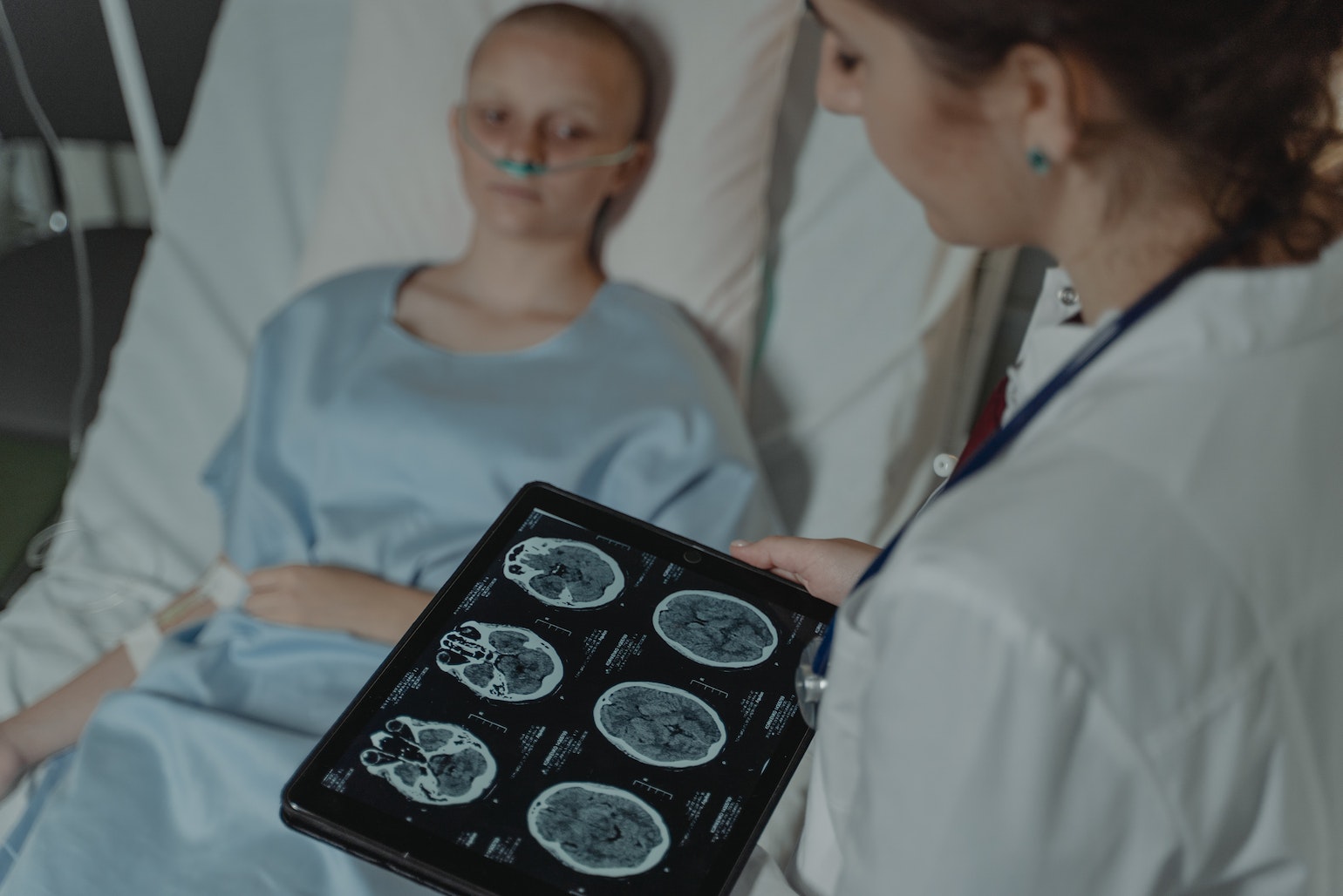Cortical Dynamics Limited, an investee company of BPH Energy (ASX: BPH), has achieved a significant milestone by entering into an agreement with global giant Philips for its Brain Anaesthesia Response Monitor PEC device. The agreement allows Cortical Dynamics to market its device as a compatible and “supported device” for Philips’ Intelliview Patient Monitoring System. This article discusses the details of the agreement, its implications for Cortical Dynamics, and the features of the Brain Anaesthesia Response Monitor PEC device.
Philips Agreement and Compatibility:
Cortical Dynamics has secured an agreement with Philips, enabling its Brain Anaesthesia Response Monitor PEC device to be recognized as compatible and a “supported device” for the Philips Intelliview Patient Monitoring System. The agreement specifies the prerequisites for compatibility, including the use of the Philips IntelliBridge EC10 Interface Module or IntelliBridge EC10 Integral Interface Board, the Philips IntelliBridge System Release C.0, and the Patient Information Center iX using the EC40/80 Hub with Open Interface driver (ED/BD101) and EC5 ID Module #106. This agreement enhances the market positioning of Cortical Dynamics and provides credibility to its technology.
Recognition and Publication:
With the agreement in place, Philips has officially confirmed the compatibility of Cortical’s Brain Anaesthesia Response Monitor PEC device with its IntelliVue Patient Monitoring Systems. Furthermore, Philips will include Cortical’s device in the list of Open Interface supported medical devices, which is shared with the Philips sales force and published on relevant Philips webpages. This recognition from a global leader like Philips is expected to boost Cortical Dynamics’ visibility and increase market adoption of its brain monitoring device.
Brain Anaesthesia Response Monitor PEC Device:
Cortical Dynamics developed the Brain Anaesthesia Response Monitor PEC device in-house. The device is a certified class II personalized Depth of Anaesthesia Monitoring Device designed for use in the operating room and ICU settings. It provides real-time monitoring of brain function and depth of anesthesia, offering valuable insights for anesthesiologists and healthcare professionals. The device is complemented by CORDYAN™ (Cortical Dynamics Analytics), a proprietary deep learning system and app focusing on anesthesiology. This system was developed through a matched grant from MTPConnect and enhances the functionality and capabilities of the monitoring device.
Extensive Patent Portfolio:
Cortical Dynamics holds an extensive patent portfolio for its Brain Anaesthesia Response Monitor system and its physiologically based algorithms. The device has received patent grants in several countries, including Australia, New Zealand, the United States, Japan, China, the UK, Germany, France, Sweden, and other European countries. This robust intellectual property protection provides Cortical Dynamics with a competitive advantage and strengthens its position in the market.
Ongoing Enhancements:
Cortical Dynamics remains committed to advancing its Brain Anaesthesia Response Monitor system. The company is continuously working on pending hardware, firmware, and software upgrades to enhance the device’s performance and expand its capabilities. These ongoing enhancements reflect Cortical Dynamics’ dedication to delivering cutting-edge brain function monitoring technology.
Cortical Dynamics’ agreement with Philips for its Brain Anaesthesia Response Monitor PEC device marks a significant achievement for the company. The recognition and compatibility with Philips’ Intelliview Patient Monitoring System enhance Cortical Dynamics’ market position and provide opportunities for increased adoption of its brain monitoring technology. With a strong patent portfolio and ongoing upgrades, Cortical Dynamics is well-positioned to make further advancements in the field of brain function monitoring and contribute to improved patient outcomes in anesthesia and critical care settings.











